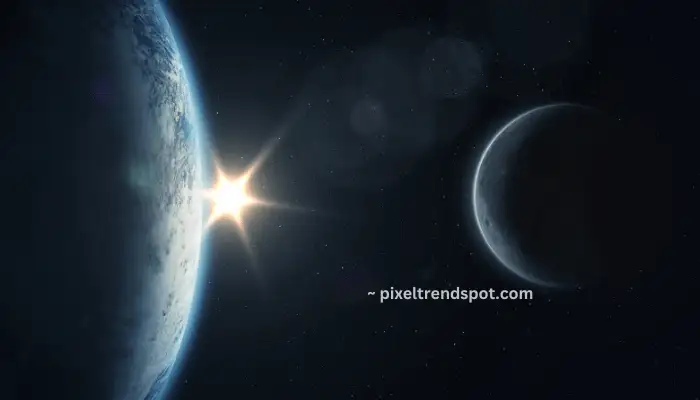NASA Astronaut Captures Mesmerizing Moonset and Auroras from ISS
On Tuesday, NASA astronaut Matthew Dominick took to Twitter sharing a beautiful timelapse video recorded from the International Space Station (ISS) showing the moon setting while red and green auroras spread across Earth. The video also highlights a sunrise that casts the Soyuz spacecraft in light blue. Dominick wrote to X expressing his gut reaction viewing the auroras: “Timelapse of moon setting into streams of red and green aurora followed by sunrise lighting up Soyuz with a sky-blue light. There have been great auroras the last few evenings. A perfect chance to test a new lens which recently arrived on Cygnus.” The incredible sights are typified as a response to new, sun-based ejections that have set off stunning auroras over the globe, Dominick shared. The video is just 1:48 minutes long. Mathew also posted the camera settings he used to capture this video as “15mm, T1.8, 1/3s exposure, 1/2 s interval.”

These auroras are the result of geomagnetic storms which occur when charged particles from the Sun enter Earth’s atmosphere. The auroras of the northern and southern lights have been particularly intense with these storms. According to the National Oceanic and Atmospheric Administration (NOAA), these storms will likely continue, giving skywatchers additional chances to witness this amazing natural spectacle. The NOAA in turn said the latest such geomagnetic storms, the most powerful of which create stunning northern and southern lights by interacting with charged particles from our sun, have been unusually strong.
Because such events are observed at very low spatial resolution, the ISS which orbits Earth in a path of an altitude approximately 420 kilometers up offers one of our best views. Astronauts on the ISS snap some truly beautiful images and videos of our planet as well as space, giving people an even greater perspective along with amazing views. With solar activity on the rise, scientists and space nerds alike are keeping their eyes to the heavens for more of these jaw-dropping displays. This trend is seen in the increase of solar flares and coronal mass ejections that while problematic for power grids and satellite communications, do also provide further opportunities to view aurora farther from the poles.